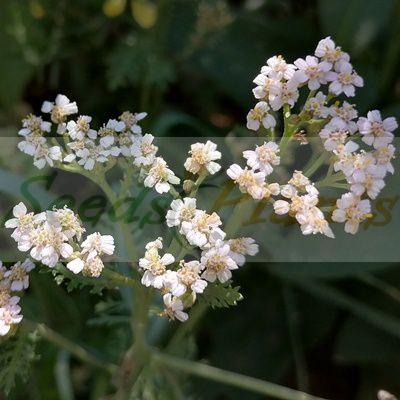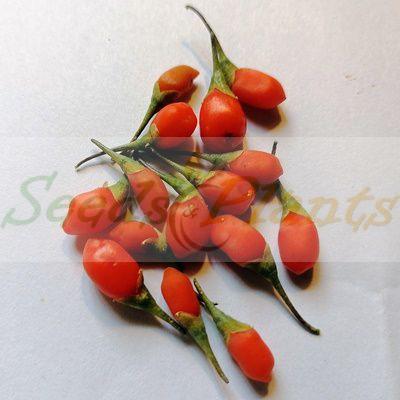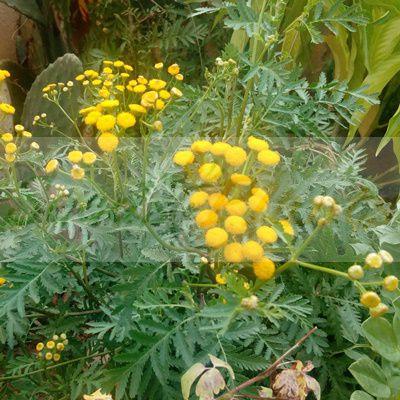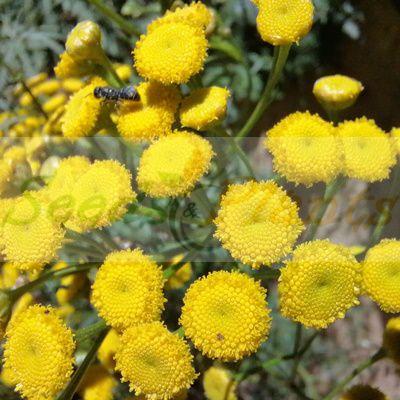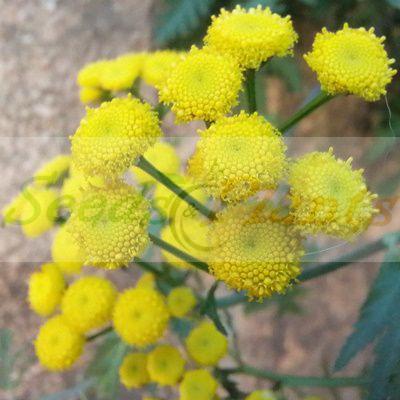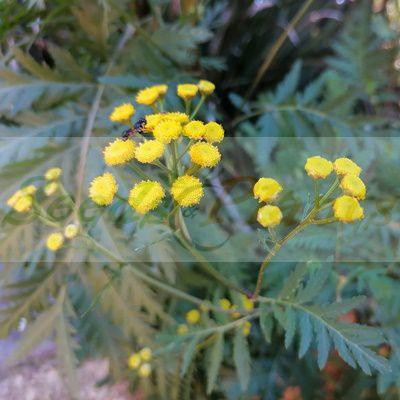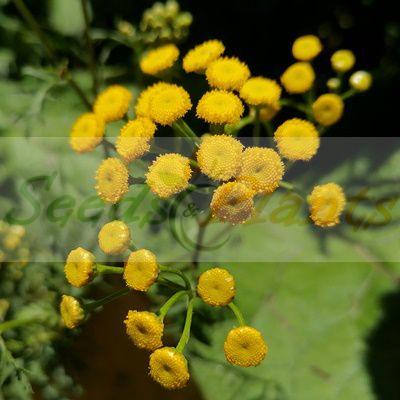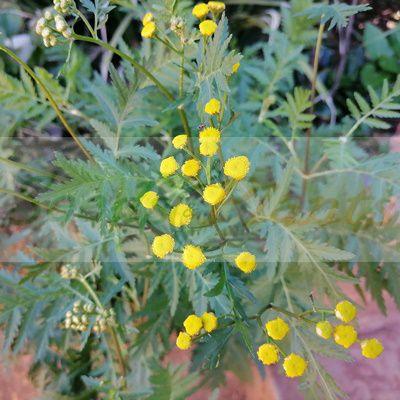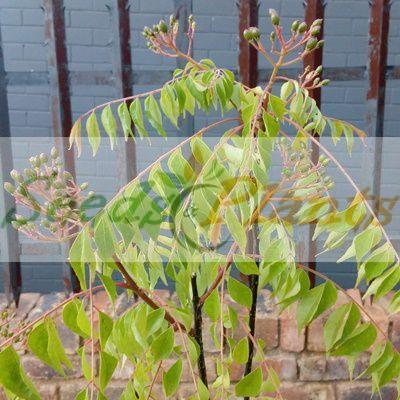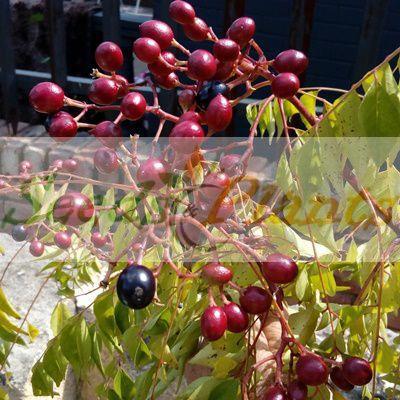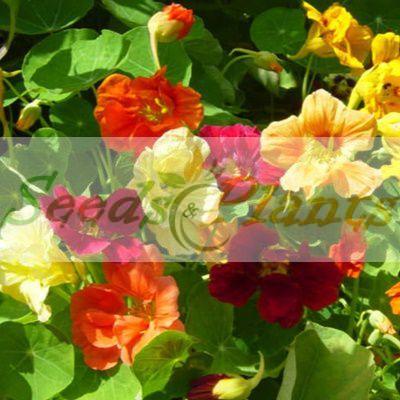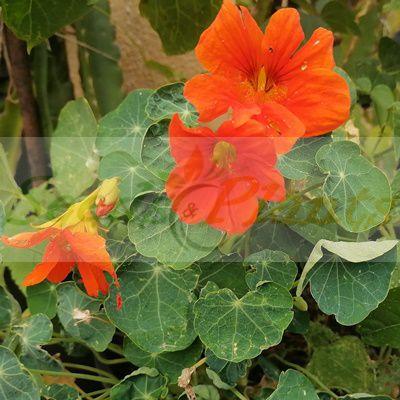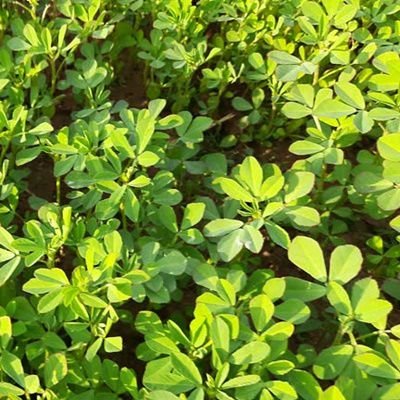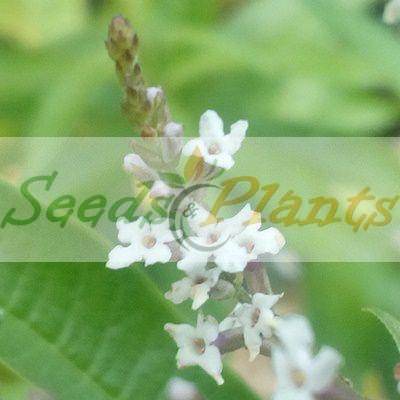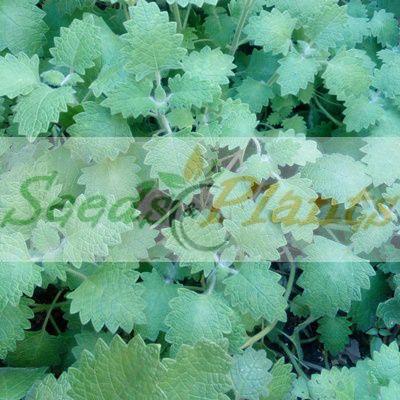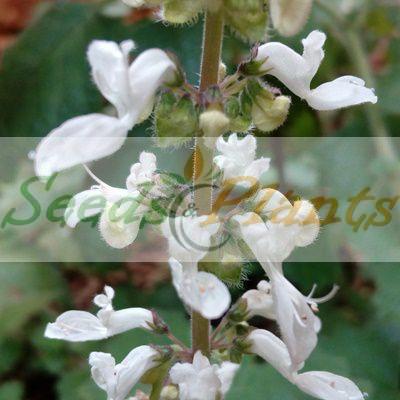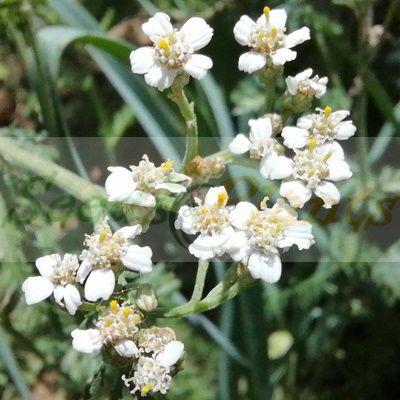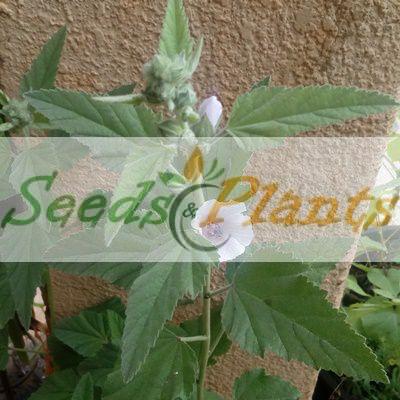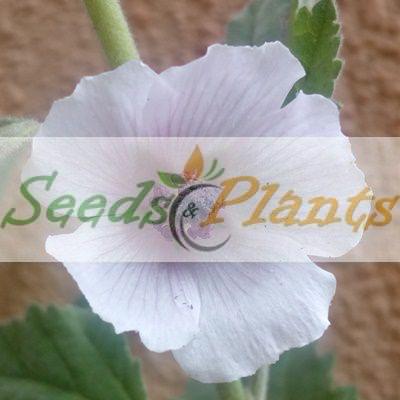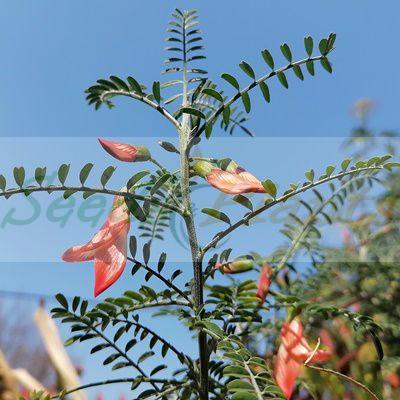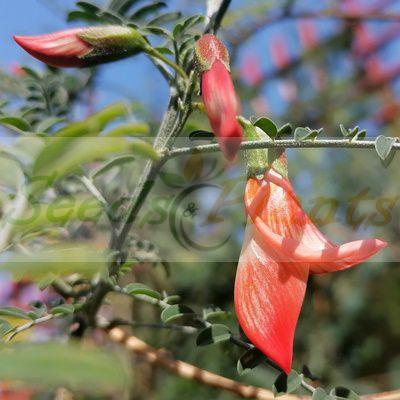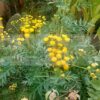🌿 Herbal Quick Facts
Medicinal Info
- 🌍 Origin / Region: Asia, Europe
- 🌿 Medicinal Part: Flower, Leaf, Root
- 🍵 Herbal Preparation: Extract / Tincture, Infusion / Tea, Poultice
- ⚕️ Healing System: European Traditional Medicine
Growth Traits
- 🌱 Life Cycle: Perennial
- 🦋 Pollinator Method: Attracts Bees, Attracts Butterflies, Attracts Moths
- 🪴 Growth Habit: Bushy, Clumping
- 🌸 Flower Color: Yellow
Growing Requirements
- 🌞 Sun Exposure: Full Sun
- 💧 Water Needs: Avoid Overwatering, Moderate Water
- ☀️ Growing Conditions: Drought Tolerant, Frost Tolerant, Heat Tolerant
- 🟤 Soil Preference: Humus-rich, Poor Soil Tolerant, Tolerant of most soils, Well-Drained
Common Tansy – 0.5g
(Tanacetum vulgare)
R50.00
Tansy has been used for a very long time not only as an ornamental plant but also as a pesticide, a preservative and a medicinal herb.
Common Names: Common tansy, bitter buttons, cow bitter and golden buttons.
Seed Type: Organic – Harvested from our own plants
Sold in 0.5g packets – Seed count of approximately between 500 – 5000 seeds.
Indoor Sowing: Not Recommended.
Direct Sowing: Spring and Autumn.
Only 1 left in stock
🌿 Herbal Quick Facts
Medicinal Info
- 🌍 Origin / Region: Asia, Europe
- 🌿 Medicinal Part: Flower, Leaf, Root
- 🍵 Herbal Preparation: Extract / Tincture, Infusion / Tea, Poultice
- ⚕️ Healing System: European Traditional Medicine
Growth Traits
- 🌱 Life Cycle: Perennial
- 🦋 Pollinator Method: Attracts Bees, Attracts Butterflies, Attracts Moths
- 🪴 Growth Habit: Bushy, Clumping
- 🌸 Flower Color: Yellow
Growing Requirements
- 🌞 Sun Exposure: Full Sun
- 💧 Water Needs: Avoid Overwatering, Moderate Water
- ☀️ Growing Conditions: Drought Tolerant, Frost Tolerant, Heat Tolerant
- 🟤 Soil Preference: Humus-rich, Poor Soil Tolerant, Tolerant of most soils, Well-Drained
Tansy Seeds. Scientific Name: Tanacetum vulgare
Common Names: Tansy , Bitter Buttons
Sold in 0.5g packets. Each Packet contains approximately between 500 – 5000 Tansy Seeds mixed with some chaff. (The seeds are very small and difficult to separate from the chaff)
Tansy was a popular strewing herb in times past because it’s clean, camphorous scent repelled flies and other pests. It is still a good custom to plant tansy outside the kitchen door and around the garden for the same reasons.
Tansy has been used for a very long time not only as an ornamental plant but also as a pesticide, a preservative and a medicinal herb. The plant is however known to be toxic to both humans and livestock which has seen its medicinal use decline and these days it is rarely included in herbal guides.
The plant has compound leaves and produces small, yellow flowers that look a little bit like buttons. The flowers can be seen during the summer months. The plant has a scent reminiscent of camphor with a slight hint of rosemary. Both the leaves and the flowers are extremely toxic if they are consumed in high doses.
Tansy Medicinal Benefits
- Medicinal tea.
- Vermifuge (eliminates intestinal worms).
- External: various skin conditions, relieve sprains, reduce swelling, neuralgia and painful rheumatic parts
WARNING: The plant’s essential oil contains several toxic substances including thujone. Thujone is known to cause liver damage as well as convulsions and brain damage.
When tansy is applied topically, it can also cause allergic reactions or lead to contact dermatitis.
Pregnant women and nursing mothers must avoid taking tansy.
Tansy Garden & Home Uses
- Moth, ant, fly and flea repellent indoors as well as outdoors.
- It also repels borers when planted among young fruit trees.
- It is a good companion plant to raspberries, black-berries and grapes.
- It deters cucumber beetle, squash bugs and Japanese beetles.
- It concentrates potassium making it a good addition to the compost pile.
- Planted near a walkway, tansy releases its aroma each time it is brushed against.
- Plant near the doorway to prevent flies from entering.
Growing Tansy
Indoor Sowing: Not Recommended.
Direct Sowing: Spring and Autumn.
- Plant tansy in a location that receives full sun or light shade. In warmer climates a lightly shaded location is preferred as plants may become heat stressed in full sun.
- Surface sow the seeds directly and sprinkle a very thin layer of soil or growing medium over the seeds, but do not bury the seeds too deeply as they require some light to reach them in order to germinate.
- Press down gently to ensure good contact between the moist growing medium and the seeds, this helps to prevent them drying out between watering.
- Tansy seeds can be slow to germinate, taking between 20 and 30 days to emerge depending on soil temperatures. Optimal soil temperature for germination is 18-27°C.
- Once the seedlings are established and have couple of leaves, space them about 20cm apart to allow them room to grow.
- Expect your tansy plants to begin flowering from about a year after sowing.
- Tansy bushes that have become too scraggly can be cut back hard in early Spring when new growth has started to sprout.
- Tansy is a perennial and will keep growing back for many years.
- Tansy may self-sow and spread aggressively through the garden in optimal conditions, deadhead spent flowers regularly if this becomes a problem.
Disclaimer
Medicinal Information:
All medicinal information on this website is for educational and informational purposes only and may not be construed as medical advice. The information is not intended to replace medical advice or treatment offered by healthcare professionals.
Seeds, Plants, Plant Cuttings, Geophytes and Dried Herbs:
In some countries and provinces, certain plants are deemed as invasive and are not allowed to be planted at all, whilst some plants are allowed to be grown only in certain areas or provinces. The onus is on you as the buyer to familiarize yourself with the regulations pertaining to your location, before purchasing any of our seeds, plants, plant cuttings, geophytes or dried herbs. We will not be held liable, should you purchase any seeds, plants, plant cuttings, geophytes or dried herbs. from us which are prohibited in your country or province.

